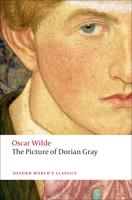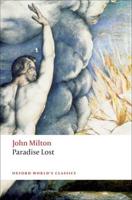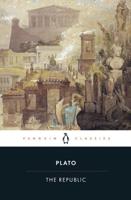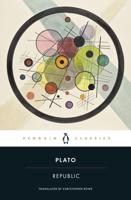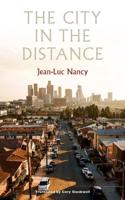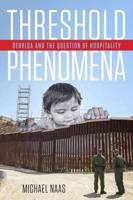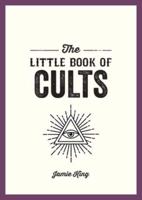Publisher's Synopsis
This book traces the long and complex history of the androgyne throughout Western aesthetics, philosophy, mythology and literature, from Plato to contemporary feminist theory, with particular attention given to the Romantic period. It notes that from the classical vision of the androgyne as a symbol of primordial totality and oneness created out of a union of opposed forces to Freud's theory of the libido, the figure has functioned as a conservative, even a misogynistic, ideal. Kari Weil shows that, rather than being a synthesis of male and female, the androgyne has been a construction of patriarchal ideology that has served to establish sexual, aesthetic and racial hierarchies.;In close contextualised readings of literary works that centre round the figure of the androgyne, Weil explores the social and historical factors that enter into specific representations of this figure. Employing feminist and deconstructionist theories of textual and sexual differences, she examines the use of the androgyne in the works of such authors as Plato, Ovid, Schlegal, Woolf and, particularly, Balzac and Gautier, and illuminates the link between notions of androgeny and problems of language and representation.;Weil also analyses the theories of Freud and Lacan, who used the figure of the androgyne to theorise about the nature and meaning of sexuality. She suggests that their theories were derived from, and supported, a masculine model of sexuality.;In addition, the author stresses that language is always "sexually marked in the masculine" and that this prescribes notions of androgyny and, ultimately, notions of sexuality that repress or exclude women. By focusing on this repressed feminine, Weil displaces the androgynous paradigm of sexual opposition that has supported the creation and perpetuation of patriarchal hierarchies, revealing instead what she calls a figure of "hermaphroditic" difference.;Weil aims to defamiliarise the myth of androgyny and, at the same time, break down boundaries between feminist and deconstructionist thought.

